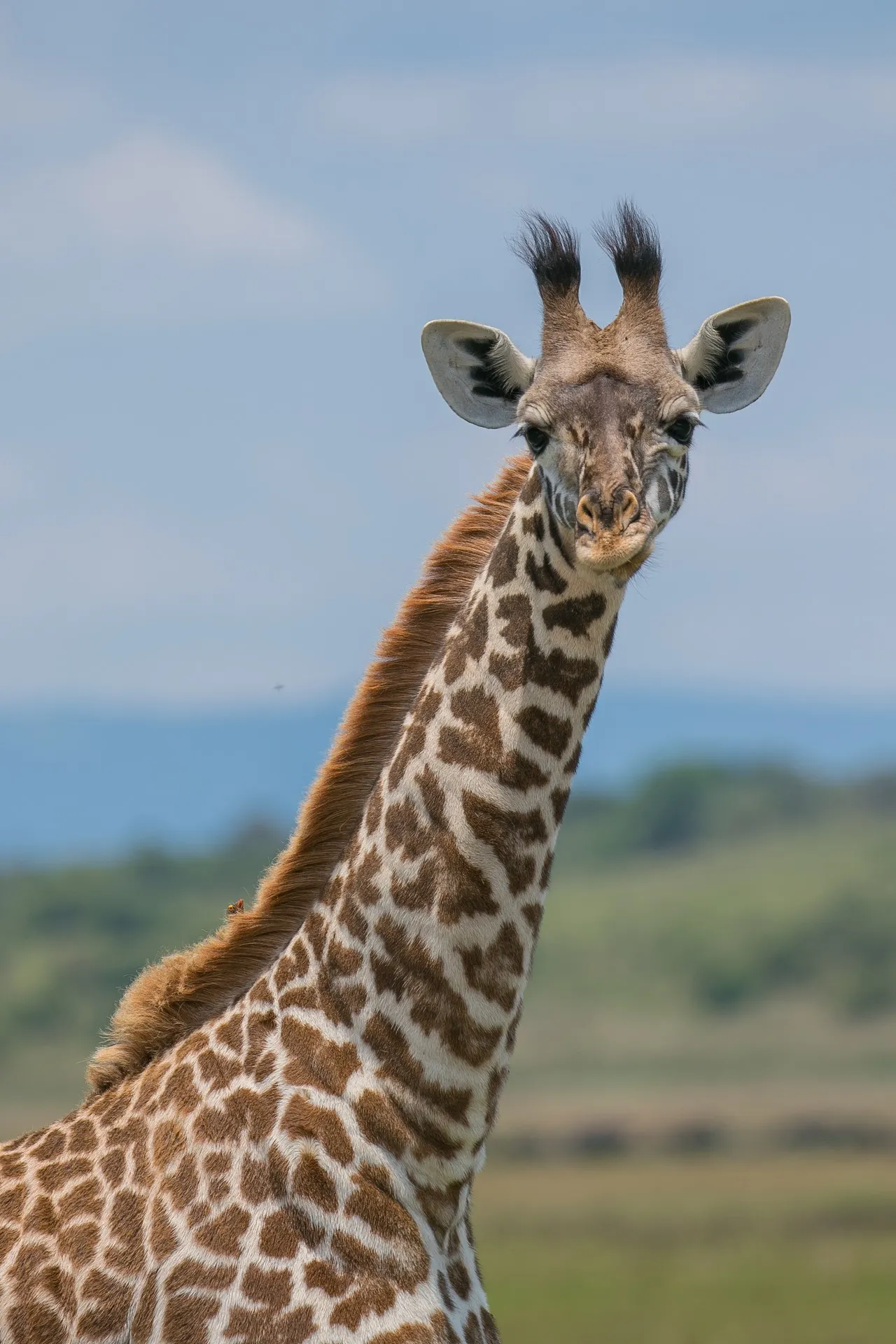Masai Mara National Reserve
UNVEILING UNSPOILED WONDERS WHERE WILDLIFE THRIVES AND ADVENTURE AWAITS
Masai Mara National Reserve Overview
The Masai Mara National Reserve boasts of its unique collection of wildlife with enthusiastic nature lovers standing a higher chance to encounter not only the big 5 game in the wild but also several other animals. It is one of the very few locations on planet earth that are still unspoilt, and offer truly adventurous experiences.
Discover the Masai Mara National Reserve
Masai Mara National Reserve was officially recognized as Kenya’s national reserve in 1974 and spans up to 1510sq.km. The reserve is most popular for the annual great migration where millions of wildebeest cross to and from the Serengeti National Park. The Masai Mara National Reserve is comprised of the vast Mara Ecosystem, an area that covers the Mara triangle and other conservancies such as Oloiren, Ol Chorro, Naikara, Maji Moto, Koiyaki, Lemek, Oirowau, Kimintet, Siana, Olkenyei, Lemek, and others.

Location
Masai Mara National Reserve is set right in Narok County of Kenya. The reserve spans the Great Rift Valley extending over 1510sq.km. On the Southern side of this conservancy area, there is a spectacular Serengeti National Park in Tanzania. Other border areas include the Siria/Oloololo escarpment to the west, and several pastoral ranches in the west, north and east.
Masai Mara National Reserve takes its name from the Masai tribe that once stayed in the area for 100s of years. The word ‘Mara’ is translated as spotted referring to the short trees and bushes widely dotted in the landscape. There are 3 main rivers that drain the reserve and include the Sand River, Talek and Mara Rivers. The larger part of the Masai Mara National Reserve feature is composed of vast grasslands, acacia trees and seasonal rivers.
The most explored area of the Mara River (East) is under the management of Narok County – Narok County Council. The Mara Triangle to the west is run by the Mara Conservancy while the rest of the parts, especially with local surrounding is overseen by the elected Masai leaders. If you are interested in the great migration, then the best area to expect exploring is the Mara Triangle and you need 3 days or more to fully experience the wonders of this reserve.
Wildlife
Masai Mara National Reserve contains a variety of wildlife and makes it the most preferred game viewing destination. A huge profusion of wildlife to search for include the jackals, wildebeest, hyenas, cheetahs, lions, rhinos, leopards, buffaloes, elephants, hippos, crocodiles, giraffes, Thomson’s gazelles, duikers, hartebeest, impalas, roan antelopes and others.
Birds
A check of over 470 species of birds survives in the Masai Mara National Reserve. The reserve’s birds include the secretary birds, lilac-breasted rollers, marabou storks, ostriches, vultures, hornbills, African pygmy falcons, long-crested eagle, rufous billed herons, Kori bustards, Hammerkops, Egyptian vultures, little bittern, sooty chat, and more.
ACTIVITIES TO DO
Game drives in Masai Mara National Reserve are a must-do wildlife experience. Embark on long-day game viewing in a 4×4 tourist vehicle with a local expert. Search for diverse animal species in the reserve including African bush elephants, leopards, hyenas, wildebeests, Kudus, zebras, lions, buffaloes, rhinos, giraffes, Kudus and more. Key areas to explore include Talek and Mara River.
With a total of 470 bird species, birders on Kenya safari to Masai Mara National Reserve aren’t left out. Look out for a diversity of birds in the reserve including the long-tailed cormorant, Egyptian vultures, secretary bird, rufous billed herons, African fish eagles, grey herons, little bittern, Kori bustard, ruppell’s vultures and more.
The Maasai cultural experience is a perfect addition to any of Masai Mara National Reserve’s unique activities. Get to learn the various traditions, cultures, and lifestyles of the Maasai people in the surrounding and also be entertained by their unique dances, and cultural/traditional music performances.
Enjoy aerial views of Masai Mara National Reserve‘s abundant wildlife with an expert. Go for the morning excursion which may include breakfast or afternoon balloon experience accompanied by a bottle of wine. Possible sightings of the day on the balloon tour include elephants, buffaloes, wildebeest migration, hartebeests, lions, leopards and others.
The best time to travel
Masai Mara National Reserve tourism activities can be done at any time of the year, although the most preferred time is during the dry season. The long peak months/dry season: are June, July, and August to September and the short dry months: are December, January to February.
Accommodation
All the 3 main accommodation categories exist in and around Masai Mara National Reserve: budget, midrange and luxury. The top accommodation options include the Mara Bush Camp, Masai Mara Serena Safari Lodge, Kicheche Bush Camp, Enkerende Tented Camp, Elephant Pepper Camp, Loyk Mara Camp, Ol Seki Mara Camp, and Kichwa Tembo Tented Camp.
Getting to the reserve
By road: from Nairobi via Narok route, 6 hours’ drive in a 4×4 safari vehicle. Or cross from Serengeti NP to the Masai Mara. By air, a charter flight can be arrange and sets off from Nairobi Wilson Airport to any of the nearby airstrips at the reserve: Musiara, Mara North airstrip, Ol Seki airstrip, Keekorok airstrip, Ngerende airstrip, Serena, Olare Orok airstrip, Siana and Cottar’s airstrip.

